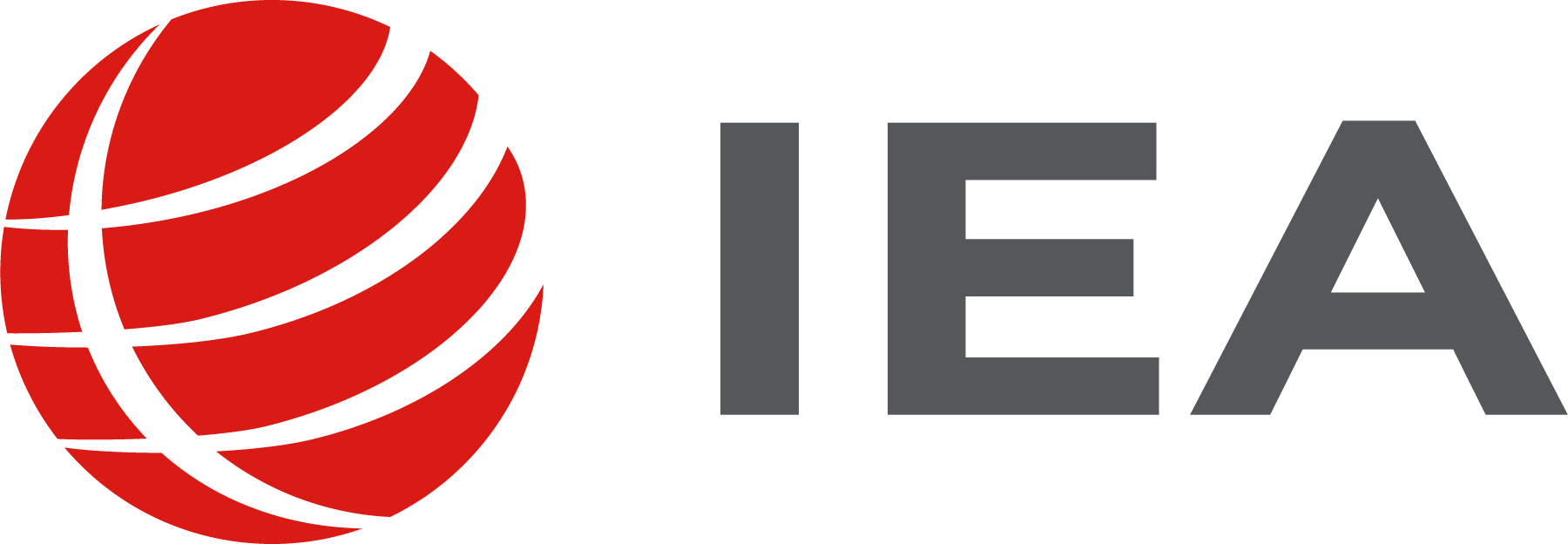PIRLS, the Progress in International Reading Literacy Study, is one of the core studies of IEA. Directed by the TIMSS and PIRLS International Study Center at Boston College and conducted every five years since 2001, PIRLS is recognized as the global standard for assessing trends in reading achievement at the fourth grade.
PIRLS provides internationally comparative data on how well children read and offers policy-relevant information for improving learning and teaching. The study is administered at a key transition stage in children’s reading development: the change from learning to read to reading to learn. Assessing reading achievement at this crucial stage provides educators and policy makers with key insights into the effectiveness of their education system and helps to identify areas for improvement.
PIRLS provides trends and international comparisons of fourth grade students’ reading achievement and students’ competencies in relation to goals and standards for reading education.
PIRLS assesses the two overarching purposes for reading that account for most of the reading done by young students both in and out of school: for literary experience and to acquire and use information. In addition, PIRLS assesses four broad-based comprehension processes within each of the two purposes for reading: focus on and retrieve explicitly stated information, make straightforward inferences, interpret and integrate ideas and information, and evaluate and critique content and textual elements.
In addition to reading assessment, the PIRLS school, teacher, student and home questionnaires gather extensive information about the contextual factors at home and school which are associated with the teaching and learning of reading. These rich data include information on how the education system is organized to facilitate learning; students' home environment and supports for learning; school climate and resources and how instruction usually occurs in the classroom. PIRLS also provides an encyclopedia that includes data about each country’s educational context for learning to read.
National Research Coordinators play an important role in helping to identify passages, develop questions and the surveys, as well as developing the PIRLS Encyclopedia. They also administer the assessment in their countries; report the results; and interpret the findings within their national context.
The map below provides an overview of all educational systems (countries and benchmarking entities) that have participated in one or more cycles of PIRLS. Please see the individual cycle pages for further details.
PIRLS 2026 will complete the study’s transition to a fully digital assessment. PIRLS 2026 will present texts and items as an engaging and visually attractive experience that motivates students, will include the ePIRLS assessment (a simulated internet environment for assessing online reading), and increase operational efficiency. The rationale behind transitioning to a fully computer-based assessment is to keep pace with an increasing worldwide reliance on digital communication and assessment.
PIRLS is appropriate for a wide range of countries. PIRLS 2026 will employ a group-adaptive design. All countries will administer the same reading passages and items, but the rate at which different test forms are distributed in a country will be tailored to the population. This innovative, adaptive design will improve PIRLS’ measurement of reading at all levels of the distribution for countries with varying reading proficiency while also increasing student engagement.
Further, PIRLS 2026 will offer a special opportunity of a PIRLS longitudinal option. The objective is to provide highly valuable information by following a longitudinal design to disentangle cohort and grade effects and to investigate learning gains over one year. For countries that choose to participate in this option, the PIRLS longitudinal study will be administered one year after the PIRLS 2026 administration and to the same students to measure learning progress and advancing educational effectiveness research.
Benchmarking Participants
PIRLS also has a benchmarking option whereby entities such as regions (e.g. states or provinces), additional grades (e.g. third or fifth grade), or additional language groups may be included in a country’s participation. Please contact IEA for further details.
The PIRLS target population is the grade that represents four years of schooling, counting from the first year of ISCED Level 1, which corresponds to the fourth grade in most countries. To better match the assessment to the achievement level of students, countries have the option of administering PIRLS at the fifth or sixth grade.
Together with IEA’s TIMSS, ICILS and ICCS, PIRLS data are recognized by UNESCO as a solid evidence base for researchers, educators and policymakers interested in monitoring progress towards Sustainable Development Goal (SDG) 4: obtaining a quality education for all. For example, the Low International Benchmarks established by PIRLS and TIMSS are recognized as the most appropriate measures of the “SDG minimum proficiency level” (indicator 4.1.1). Students who achieve this level in PIRLS can locate, retrieve, and reproduce explicitly stated information from a text, make straightforward inferences, and begin to interpret story events and central ideas.
Read about IEA's support for, and contribution to, SDG measures.
PIRLS, a project of IEA, is directed by the TIMSS & PIRLS International Study Center at Boston College, United States.
Other partners involved with PIRLS include IEA, RTI International, University of Memphis, and Expertisecentrum Nederlands. As in all IEA studies, the international coordination and development are undertaken in close cooperation with the national research centers of participating countries.
Partners from previous PIRLS cycyles include Statistics Canada, the National Foundation for Educational Research (NFER) in England and Wales, the Australian Council for Educational Research (ACER) and Educational Testing Service (ETS) in the United States.

